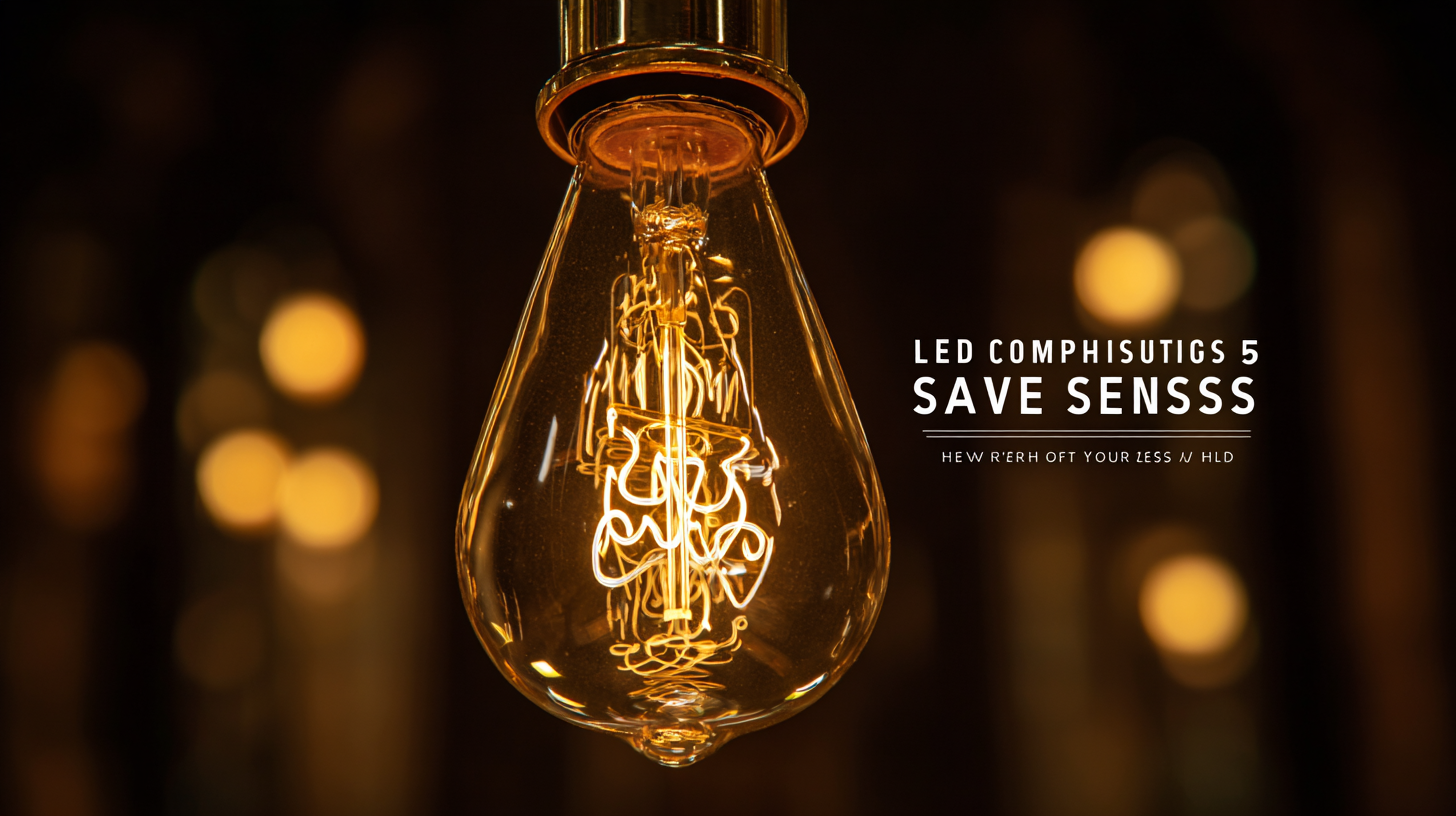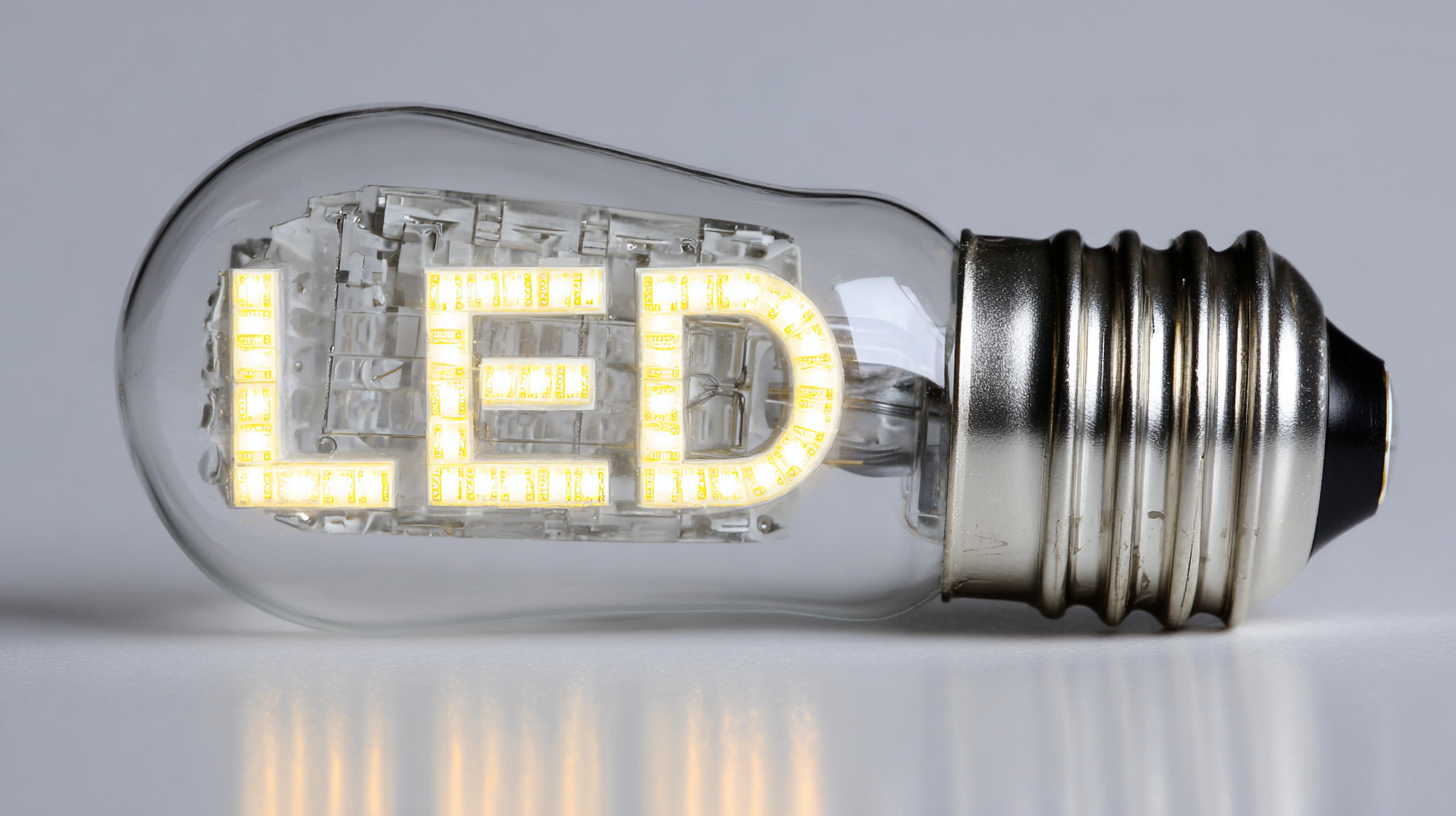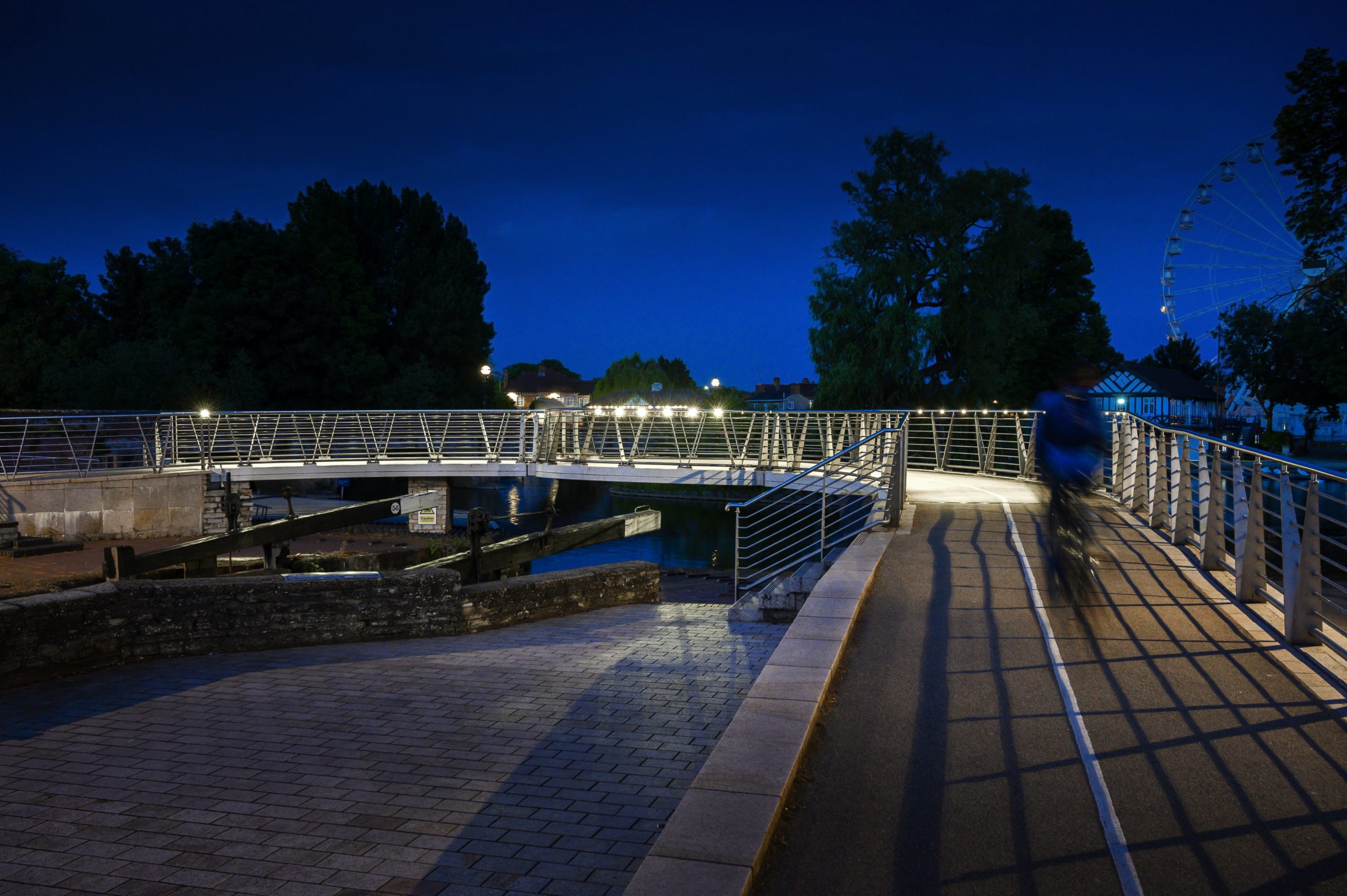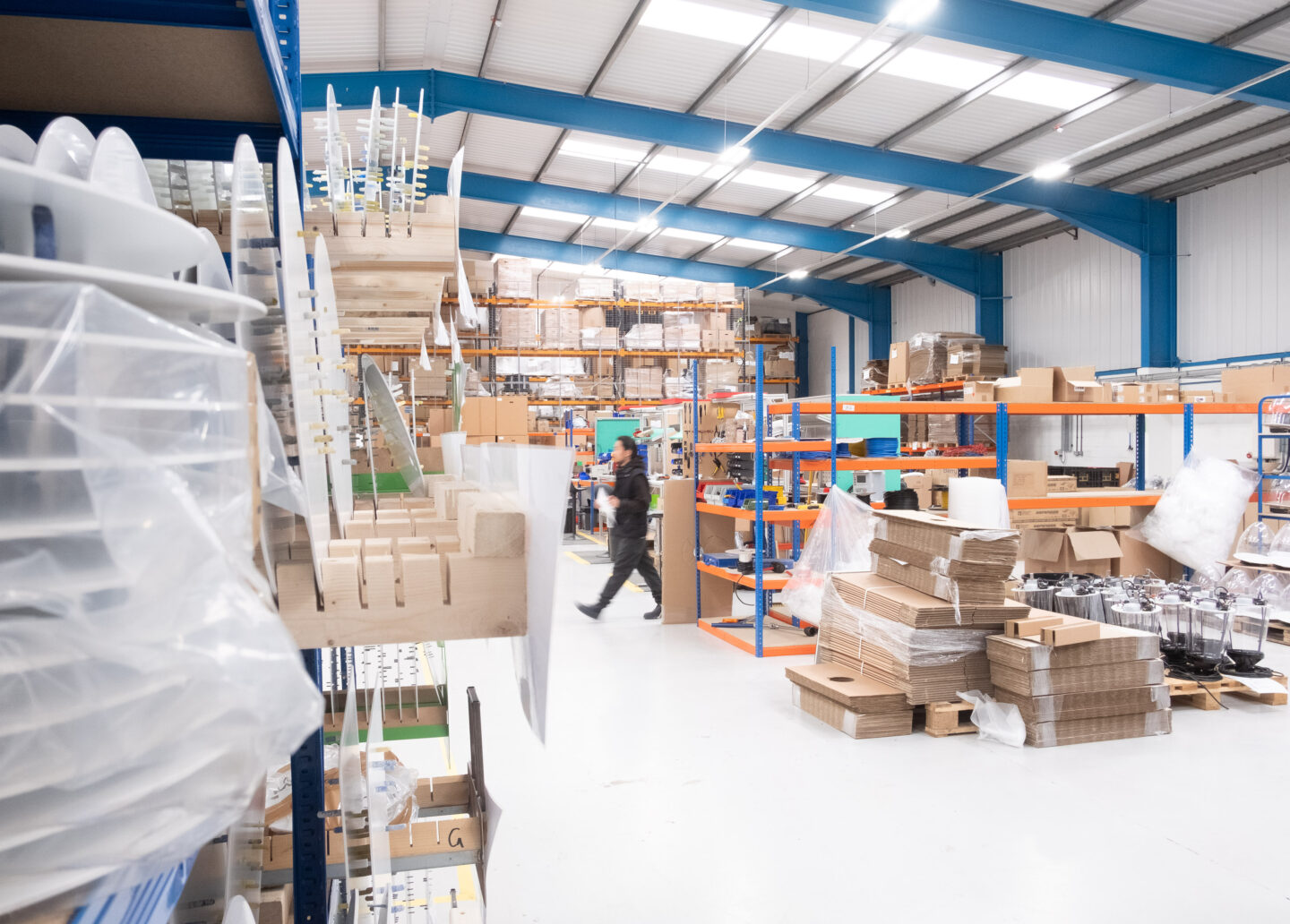5 Compelling Reasons Why Best LED Lighting Saves You More Than 75 Percent on Energy Costs
In today's world, where energy efficiency and environmental sustainability are paramount, LED lighting stands out as a groundbreaking solution that promises to revolutionize the way we illuminate our spaces. With the ability to reduce energy costs by over 75 percent compared to traditional lighting methods, LED lighting not only benefits your wallet but also contributes to a greener planet.

This blog will explore five compelling reasons why making the switch to LED lighting is a smart investment for both residential and commercial environments. We'll delve into the remarkable durability, minimal maintenance, and superior quality of light that LEDs provide, as well as their impressive impact on energy consumption.
Embracing LED technology is not just a trend; it's a vital step towards a more sustainable future, making it an essential topic for homeowners and business owners alike. Join us as we uncover the transformative power of LED lighting in our quest for efficiency and responsibility.
The Evolution of LED Technology: A Cost-Effective Solution for Lighting
The evolution of LED technology has transformed the way we approach lighting solutions, making it a cost-effective alternative to traditional lighting methods. In recent years, the adoption of LED lighting has surged, primarily due to its impressive energy efficiency. According to the U.S. Department of Energy, LEDs use at least 75% less energy than incandescent lighting while lasting 25 times longer. This significant reduction in energy consumption not only lowers electricity bills but also extends the lifespan of lighting fixtures, resulting in decreased replacement costs and waste.
Moreover, advancements in LED technology have led to the development of smart lighting systems that integrate seamlessly with modern building management systems. A report from McKinsey & Company reveals that the market for smart LED lighting is expected to grow by 25% annually through 2025, driven by their ability to enhance energy efficiency further. Smart LEDs can be programmed to adjust their brightness based on occupancy and natural light levels, thus maximizing energy savings and providing a sustainable lighting solution for both residential and commercial spaces. The ongoing improvements in LED technology position it as a crucial player in creating more energy-efficient environments and reducing overall operational costs.

Comparative Energy Efficiency: LEDs vs. Traditional Lighting Options
When comparing energy efficiency, LED lighting significantly outperforms traditional lighting options such as incandescent and fluorescent bulbs. LEDs utilize advanced technology to convert a higher percentage of energy into visible light, which results in lower energy consumption. While incandescent bulbs emit around 10% of their energy as light and waste the rest as heat, LEDs can achieve efficiencies of 80-90%, translating into substantial energy savings for consumers and businesses alike.
Moreover, the longevity of LED lights adds to their appeal. Where traditional lighting options may need to be replaced every 1,000 hours or so, LEDs can last anywhere from 15,000 to 50,000 hours or more. This extended lifespan not only reduces replacement costs but also minimizes waste and the frequency of disposal, promoting a more sustainable approach to lighting. As a result, the cumulative savings from both energy usage and maintenance over time can truly exceed 75 percent, making LEDs the clear choice for environmentally conscious consumers and those looking to lower their energy bills.
5 Compelling Reasons Why Best LED Lighting Saves You More Than 75 Percent on Energy Costs
| Lighting Type | Energy Consumption (Watt hours) | Lifespan (Hours) | Cost per Unit (USD) | Annual Energy Cost (USD) |
|---|---|---|---|---|
| LED Bulb | 10 | 25000 | 15 | 12 |
| CFL Bulb | 15 | 10000 | 2 | 25 |
| Incandescent Bulb | 60 | 1200 | 1 | 100 |
Longer Lifespan: How LEDs Reduce Replacement Costs Significantly
LED lighting is revolutionizing the way we think about illumination, particularly when it comes to cost efficiency. One of the most significant advantages of LED technology is its longer lifespan compared to traditional lighting options. Typically, LEDs can last up to 25,000 to 50,000 hours, whereas incandescent bulbs might only last around 1,000 hours. This remarkable longevity translates into fewer replacements over time, significantly reducing maintenance and purchasing costs.
Furthermore, the longer lifespan of LEDs means that businesses and homeowners can allocate their resources more effectively. Rather than frequently purchasing new bulbs and taking the time to replace them, LED users enjoy the convenience of their lighting systems running longer without the need for intervention. This not only saves money but also reduces waste, contributing to more sustainable practices. As energy costs continue to rise, investing in LED lighting emerges as an economically savvy choice that provides both immediate savings and long-term benefits.

The Environmental Impact: How LEDs Help Decrease Carbon Footprint
The adoption of LED lighting has become a game changer in the quest to reduce our environmental impact. According to the U.S. Department of Energy, LEDs use at least 75% less energy than traditional incandescent bulbs, contributing significantly to lowering greenhouse gas emissions. For instance, transitioning to LED lighting in the United States alone could save more than 348 terawatt-hours of electricity by 2027, which equates to reducing annual carbon emissions by approximately 175 million metric tons.
Moreover, the life span of LEDs—averaging 25,000 hours—greatly surpasses that of incandescent and fluorescent lights, leading to less frequent replacements. This longevity not only minimizes waste but also impacts manufacturing processes and transportation emissions. The International Energy Agency (IEA) estimates that if all global lighting were switched to LEDs, the savings could prevent an increase in carbon emissions equivalent to about one-quarter of the emissions from the entire U.S. power sector. As municipalities and businesses invest in LED technology, the combined efforts could yield a significant decrease in our collective carbon footprint and lead to a more sustainable future.
Understanding Total Cost of Ownership: Breaking Down Maintenance and Energy Savings with LEDs
The concept of Total Cost of Ownership (TCO) plays a crucial role in evaluating the economic benefits of energy-efficient solutions, particularly when it comes to LED lighting. By analyzing both maintenance and energy savings, businesses can uncover substantial long-term savings that go beyond the initial investment. LED lighting offers significantly reduced energy consumption compared to traditional lighting, leading to lower utility bills and extended periods between replacements due to their enhanced durability.
Moreover, the maintenance aspect associated with LED lighting further solidifies its cost-effectiveness. Unlike incandescent or fluorescent systems, which require frequent bulb changes and maintenance efforts, LED lights boast a longer lifespan, minimizing labor costs associated with upkeep. Transitioning to LED lighting not only contributes to energy efficiency but also helps in achieving sustainability goals, as organizations strive to reduce their carbon footprint. As numerous studies highlight the financial advantages of modern technology adoption, LEDs stand out as a prime example of how smart investments can lead to both ecological benefits and considerable savings on operating costs.
Energy Savings Comparison: LED vs Traditional Lighting
This chart illustrates the significant difference in annual energy costs between traditional lighting and LED lighting. As shown, switching to LED lighting can save you over 75% on your energy expenses, leading to substantial savings over time.





